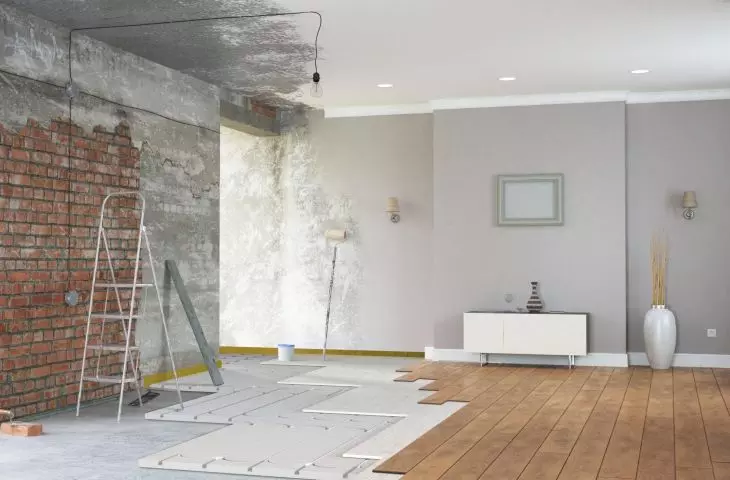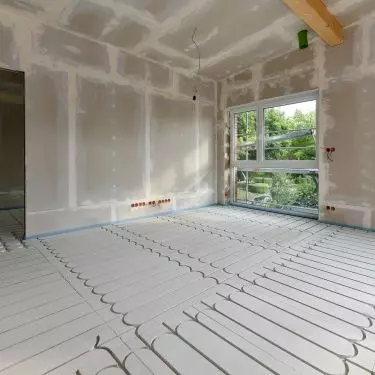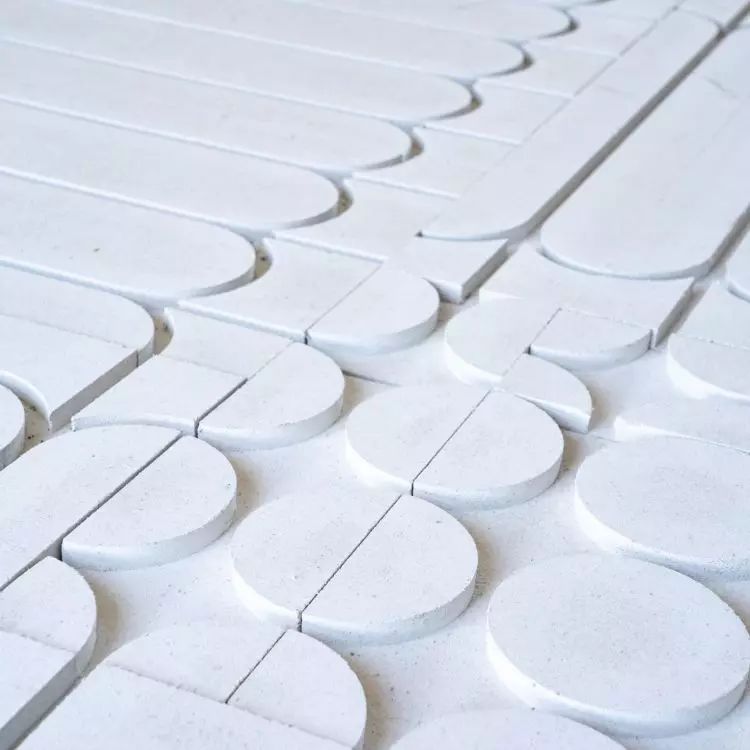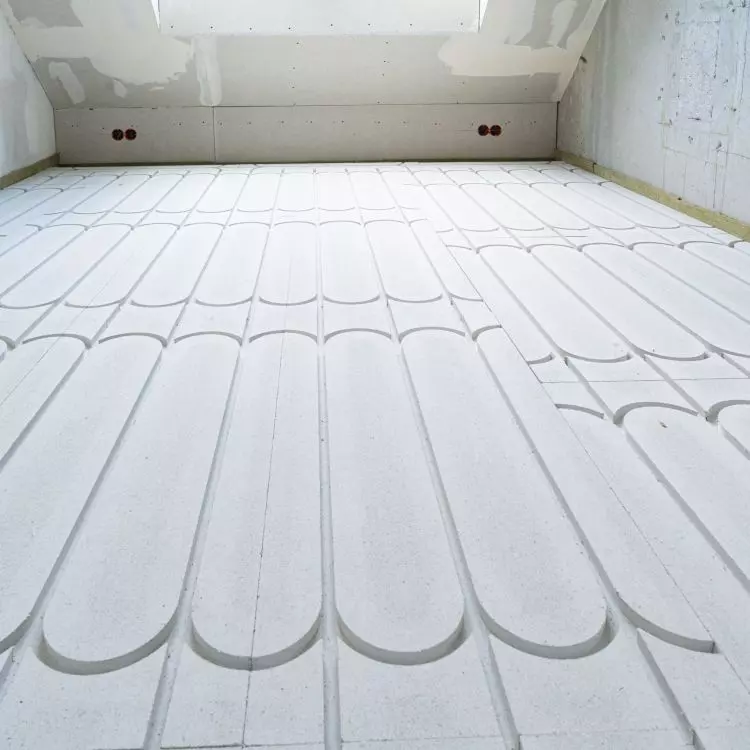One of the key issues, when building or renovating a house, is the choice of building materials. Among many available options, gypsum-fiber board and fiber-cement board stand out for their versatility.How do they differ? In which places will they work best? Check out our tips!
Gypsum-fiber board can be used with underfloor heating
© James Hardie
Gypsum-fiber board
This is a type of gypsum board reinforced with cellulose or glass fiber, which gives it extra strength and resistance to mechanical damage. Gypsum-fiber board is a versatile building material that is easy to install.
Application:
Finishing walls
Gypsum-fiber board can be used to cover interior walls. Thanks to its strength, it will work well in areas with higher mechanical loads.
Finishing ceilings
Gypsum-fiber boards are also used to cover interior ceilings. They can be mounted on frames to form suspended ceilings.
Sound insulation
This kind of panels can also help improving the acoustics of a room, as they absorb sound.
Moisture-prone areas
Some types of gypsum-fiber boards have an additional layer that provides resistance to moisture. This makes them suitable to use for example, in bathrooms and kitchens.
Facades
Due to its durability and weather resistance, fiber-cement boards are often used to finish building facades.
Roofs
Fiber-cement boards can also be used as roofing. This material provides protection from rain, snow and other weather conditions.
Floors
Fiber-cement boards can also be used as floor underlays, providing a durable and strong substrate for floor finishes.
Wall finishes
This material can also be used for interior wall finishes, especially where additional resistance to mechanical damage is required.
Fencing
Thanks to its high durability and weather resistance, fiber-cement boards can also be used for fences.
Thermal insulation
In modern facade systems, fiber-cement boards can be part of the thermal insulation system, ensuring both the aesthetic appearance of the facade and the durability of the structure.
The use of gypsum-fiber board significantly reduces the time of project implementation
© James Hardie
Fiber-cement boards and gypsum-fiber boards – similarities and differences
These two types of boards differ in their chemical composition, properties and area of application. Understanding these differences is key to properly selecting a material that will meet specific construction needs and aesthetic expectations best.
Gypsum-fiber boards mainly contain gypsum and additives such as cellulose or glass fibers. Fiber-cement board, on the other hand, consists mainly of cement and additives such as natural or man-made fibers. Gypsum-fiber board is less resistant to mechanical damage than fiber-cement board. It is also sensitive to moisture and cannot be used in areas exposed to water. The exception are products that have been specially processed or coated with a protective layer. Fiber-cement board is widely used both indoors and outdoors, for example as a facade material, roofing, underlayment, etc. Gypsum-fiber board is most often used for interior finishes like walls and ceilings.
We have more construction tips for you
Compiled by:KATARZYNA SZOSTAK
































